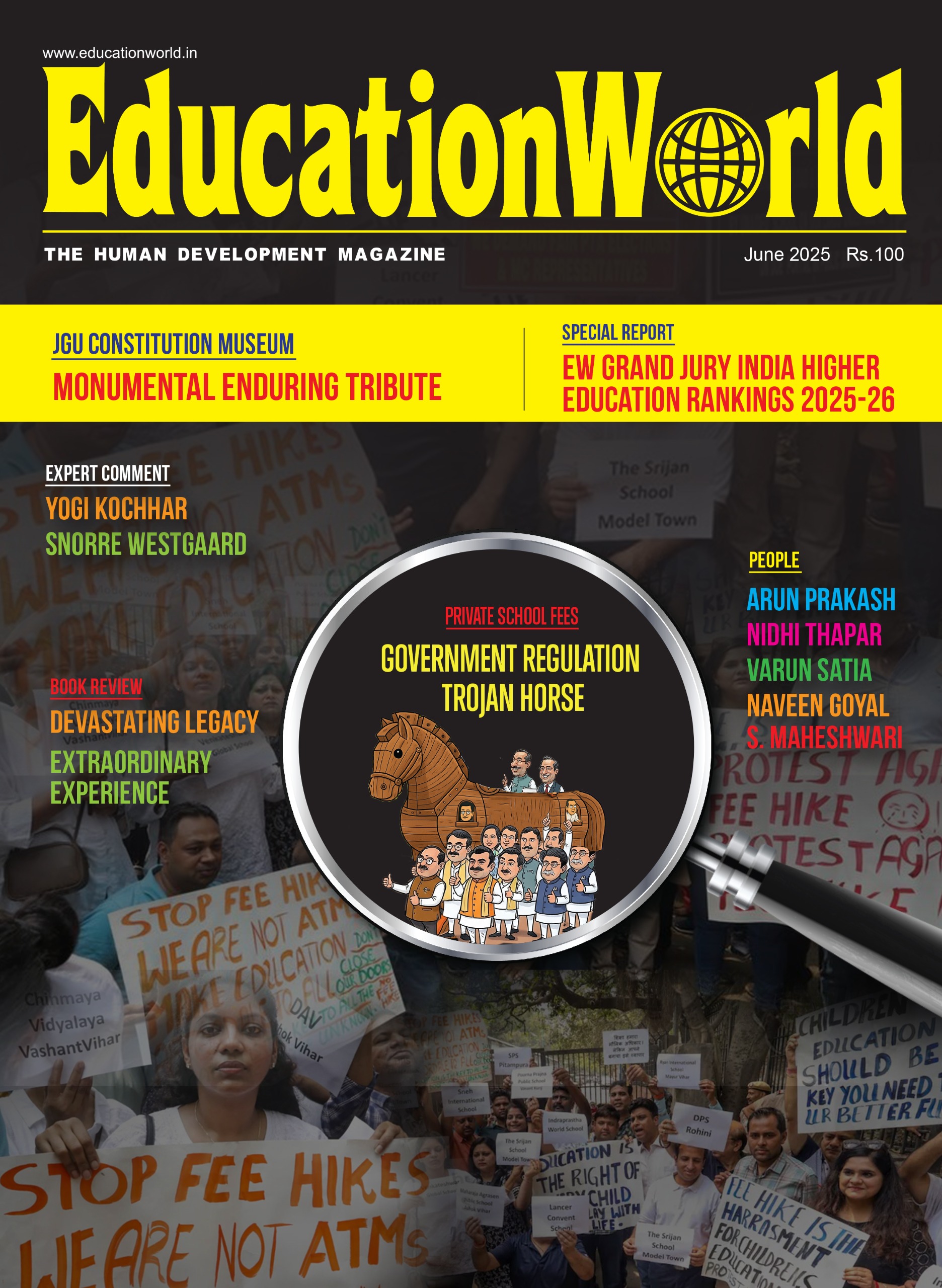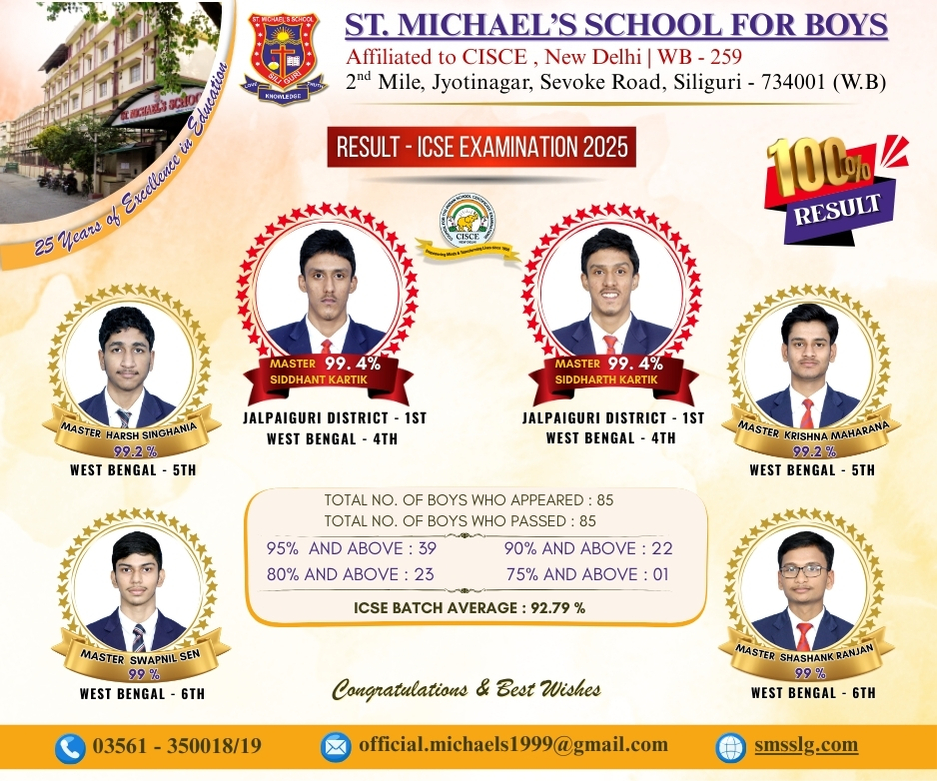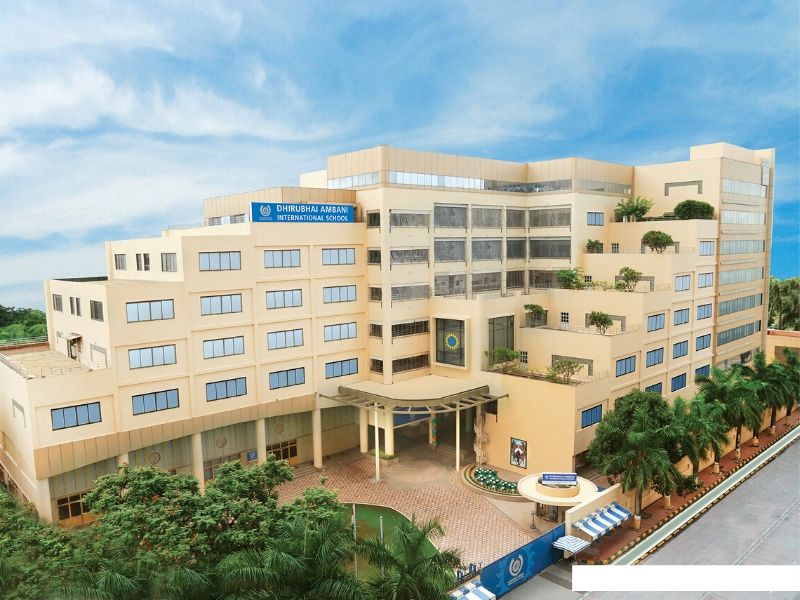-Baishali Mukherjee
The NITI Aayog of India (an agency for policy advice and strategic guidance to central and state governments) has released a report on February 11 on facilitation of quality higher education in the state government funded universities of the country. The report has been prepared by analyzing the changes in various parameters of the higher education sector in states in a decade – from 2011-12 to 2021-22.
According to the rapport, West Bengal ranks 18th in the country in terms of college and university enrollment rates. However, in terms of improvement in enrollment rates over that particular decade, the state has ranked among the top five. Similarly, West Bengal is also in the top five in terms of improvement in the student-teacher ratio over the last decade. Additionally, the state ranks among the top five in maintaining a balanced ratio between male and female students, as reported by NITI Aayog.
NITI Aayog’s Education Program Director, Sonia Pant, stated that in 2021-22, the enrollment rate of 18 to 23 year-olds in colleges and universities in West Bengal was 26.3%. Whereas, states like Tamil Nadu, Himachal Pradesh, Uttarakhand, Kerala, and Telangana had an enrollment rate of over 40%. However, it is important to note here that in 2011-12, West Bengal’s enrollment rate was only 13.6%. Over the past decade, West Bengal was able to be ranked fifth among the top 10 states that have shown the most improvement, following Kerala, Himachal Pradesh, Arunachal Pradesh, and Mizoram.
Similarly, West Bengal ranks 23rd in the country in terms of the student-teacher ratio. However, in terms of improvement over the past decade, the state holds third position, following Arunachal Pradesh and Uttarakhand. In terms of the male-to-female student ratio, West Bengal now ranks 13th in the country. However, the state has secured the fourth position in terms of improvement in this aspect over the past ten years.
Additionally, NITI Aayog’s report highlights that West Bengal lags significantly in terms of expenditure on higher education. The state spends only 0.43 percent of its Gross domestic product (GDP) or Gross State Domestic Product (GSDP) on higher education. Contrarily, states like Bihar, Assam, Jharkhand, Meghalaya, Manipur, and Mizoram spend around 1 percent of their GDP on the higher education sector. NITI Aayog also pointed out that 81 percent of students in West Bengal pursue their education in government-funded universities run by the state government.
Currently, there are 495 universities in India, with 46,000 colleges and educational institutions under them. Karnataka has the highest number of state universities, with 43. West Bengal and Uttar Pradesh follow, each having 38 state universities. However, in terms of the number of universities relative to population density, West Bengal ranks 18th in the country.
According to BVR Subrahmanyam, CEO of NITI Aayog, “the responsibility of state governments is to ensure that college and university students graduate with employable skills, maintain the quality of education, and provide adequate financial resources to educational institutions and in doing so seek help from the central government.”
To ensure these, the NITI Aayog has recommended that universities be given the autonomy to determine their individual fee structures. It also suggests formulating specific policies for research and establishing a dedicated organization to fund infrastructure development in the institutes of higher education of the country.
Also read: Delhi: Govt schools top Niti Aayog National Rankings
Posted in News, States























